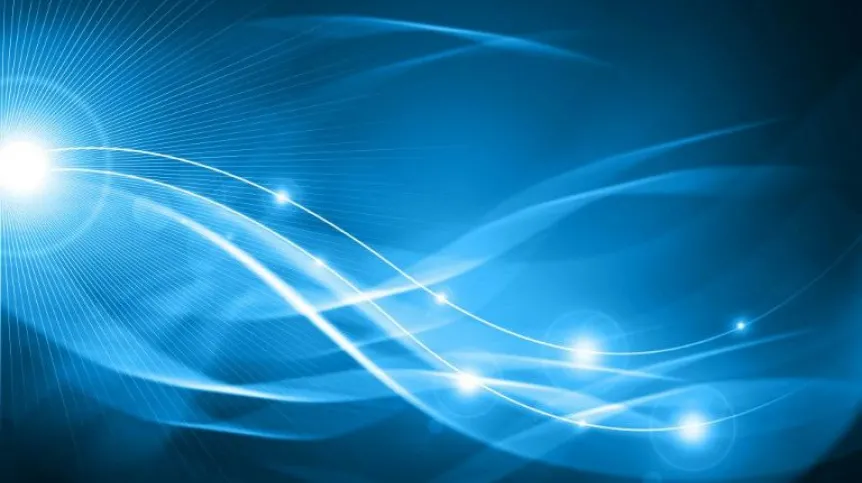
Advanced Virgo detector - which will contribute to achieving better results in the study of gravitational waves - has been modernized. Upgrades, in which Polish scientists participated, were completed last week on Monday in Pisa, Italy.
Work on the project Advanced Virgo was officially completed last week at the European Gravitational Observatory (EGO) in Pisa, Italy. More than five years long project was carried out by an international team of scientists from six European countries, including Poland.
"Completion of the Virgo upgrade project is a milestone in the study of gravitational waves. When the upgraded device joins the American detectors, we will be able to observe more signals of gravitational waves and will confirm our previous theoretical considerations" - said Prof. Andrzej Królak from the Institute of Mathematical Sciences PAS in Warsaw and the National Centre for Nuclear Research, quoted in the National Centre for Nuclear Research release. "We hope that we will not only accurately determine the places in the universe, from which these signals originate, but also find the signals caused by rotating neutron stars, or supernovae" - says the leader of the Polish group of scientists POLGRAW involved in the project Advanced Virgo.
According to the National Centre for Nuclear Research release, Advanced Virgo is a huge laser interferometer with two 3 km long arms. In the interferometer, scientists can check, with the precision of thousandths of the diameter of a proton, whether the length of one laser signal varies in relation to the second signal. If a difference is observed - even of only one billionth of one billionth of a meter - it is proof of a momentary deformation of space-time, which can mean a reading of gravitational waves. "It is vital, therefore, to skilfully isolate the signal from other factors. This was one of the tasks of the Polish Virgo consortium, which also participated in the construction of components for the vacuum device" - reads the release sent to PAP.
The first direct registration of the signal of gravitational waves on Earth was observed on September 14, 2015. As a result of the collision of two black holes, one with a mass of 29 solar masses and one with a mass of 36 solar masses, a black hole with a mass of 62 solar masses was formed. The remaining 3 solar masses were radiated as gravitational waves. This breakthrough discovery was possible with the modernized version of the American Advanced LIGO installation, consisting of two detectors located at about 3 thousand km distance (one in Washington and one in Louisiana), which almost simultaneously registered the same signal of gravitational waves.
Mankind waited more than 100 years for the discovery of gravitational waves. In 1916, Albert Einstein announced the theory of general relativity, the essence of which was the proposition that the force of gravity is due to the curvature of space-time caused by the mass that distorts it. Calculations related to Einstein\'s theory implied that some phenomena can cause gravitational waves in space-time itself.
PAP - Science and Scholarship in Poland
ekr/ mrt/
tr. RL













